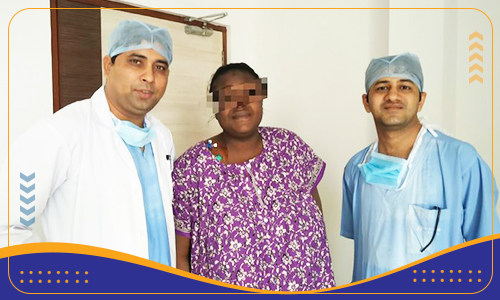Testimonials
Happy Patients
Welcome to our clinic, where we believe in providing the highest level of care to our patients. We pride ourselves on creating a warm and welcoming environment where our patients feel comfortable and at ease. Our team of highly skilled and compassionate healthcare professionals is dedicated to ensuring that you receive the best possible care.
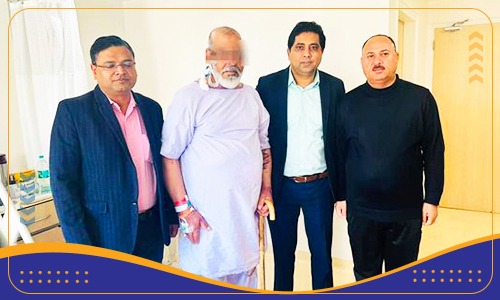
Whipple procedure involves pancreaticoduodenectomy where we remove part of the head of the pancreas, distal stomach, first part of the small intestine (duodenum), the gallbladder, and the bile duct. Due to its delicate intricacies and the reconstruction required; it is considered the Cadillac of GI Surgery. Dr. Allen Whipple after whom the procedure is named also had to perform the procedure in two steps before he finally standardized the present-day single-stage Whipple procedure. In earlier times, the procedure was taken with nihilism but today with increased medical knowledge and advancement the mortality rate has decreased to less than 5% in experienced hands. The elderly gentleman was special as he had severe cardiac issues but still decided to go ahead with the surgery and can be seen walking comfortably on the third day of surgery. He could be discharged home just after 5 days of surgery and credit goes to a fabulous team. His periampullary tumor was low grade and now he has a good chance of long-term survival.
The success of any surgery lies in teamwork. Sometimes the surgery part is simplest and a lot goes behind in optimizing and bringing out the best!
The lady in the picture had a complicated lung disease and was considered high risk for any general anesthesia. It was so lovely of her to shower her appreciation on our pulmonologist and anesthesia team also who played an immense role in her safe outcome.
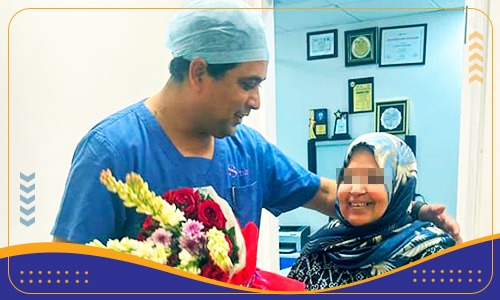
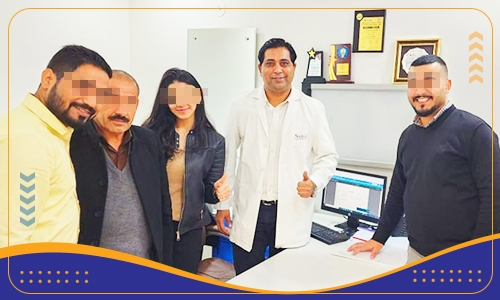
Our patient had severe constipation symptoms. She already had a major surgery (total colectomy) done outside with a diagnosis of Colonic Inertia. She had no relief and we thoroughly evaluated her with MR Defecography, Gastroenterologist, and interdepartmental referral and diagnosed her to have Obstructive Defecation Syndrome with Rectocele. Good decision-making can often give a simple solution to a big problem.
A minimally invasive procedure known as STARR Surgery provided her relief.
The cheerful lady in the frame was referred to us by a colleague doctor from Assam. She also had EHPVO and gallbladder stone issues and her local surgeon had abandoned the laparoscopic cholecystectomy procedure. (he was right in doing so and did no harm). Surgery in this patient requires special instruments also besides the technical challenges! This patient carried a high risk of bleeding complications and laparoscopic surgery can be challenging. With proper planning, we could safely do the procedure and were glad to live up to the expectations of my dear colleague from Assam. Thanks to our previous experience in managing these types of cases as we also shared our small series at the national GI surgery conference.
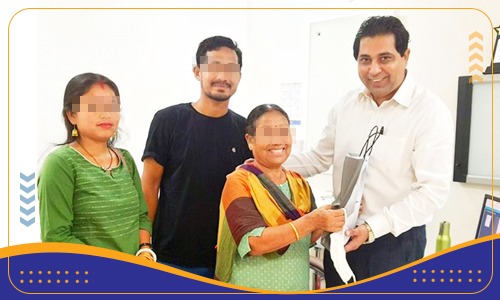
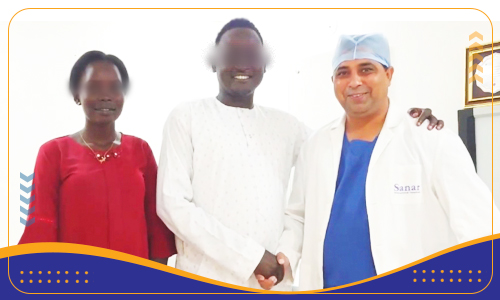
The flamboyant people of Africa always amaze us! Also, their humble attitude in appreciating our work inspires us to do better.
The young gentleman was having progressive dysphagia (difficulty in swallowing foods and liquids) for 2 years. On further evaluation, he was diagnosed with achalasia cardia where the muscles of the lower part of the food pipe, do not function properly.
We performed Laparoscopic Heller Procedure (Cardiomyotomy) with Dor Fundoplication. It is so satisfying to see his relief immediately after surgery.
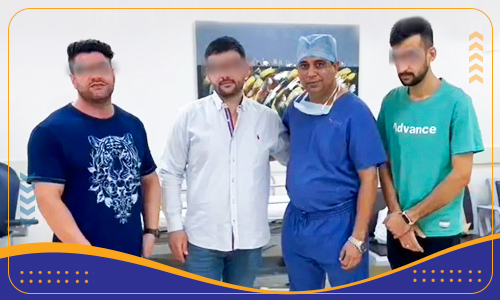
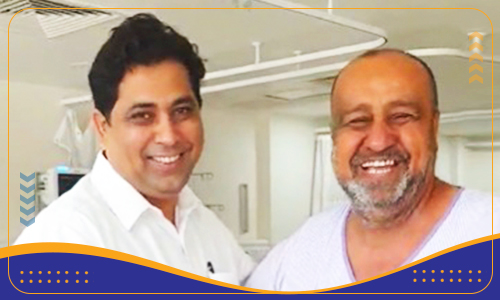
Iraqi gentleman with a history of cardiac bypass surgery, low EF, and Diabetes decided to beat his morbid obesity. With a good anesthesia team and fine cardiac backup, we were also confident of his safe outcome after his bariatric surgery. His prayers for our team are precious moments and the highest form of motivation for us to keep doing good.
Your anesthetists and colleagues choose you as the prime surgeon for themselves or their own families! It was indeed an honor for me when one of the pioneers of gastroenterology, Prof M.P Sharma Sir gave me the privilege of operating on kin of none other than our Padma Shri awardee and legendary Orthopaedician Prof PK Dave (former Director, AIIMS)
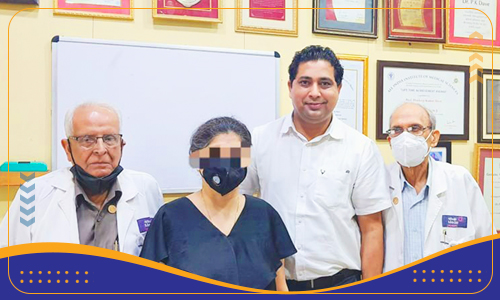
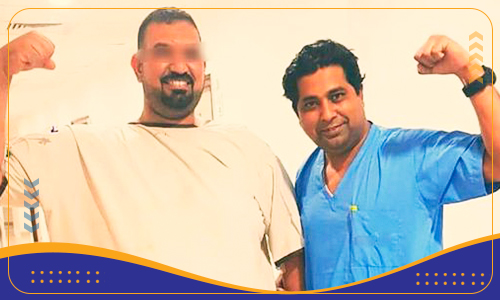
How soon can the patient walk after Bariatric Surgery? Well, credit to our good anesthesia team, and as per protocol all our patients are ambulated within 4 hours after surgery. Not only does the patient gain confidence but it also helps prevent complications like blood clots in the veins( DVT). This is a case of early recovery after sleeve gastrectomy bariatric surgery.
Sometimes the patients know what is best for them! Recurrent Hernia, diabetic with BMI suggestive of an ideal candidate for bariatric Surgery also.
Usually, we tend to stage these surgeries. However, the intelligent patient insisted we do it at the same sitting if all goes well. With all precautions, we went ahead. Simultaneous bariatric surgery and laparoscopic repair of recurrent ventral hernia with mesh was done the smiles speak the rest!
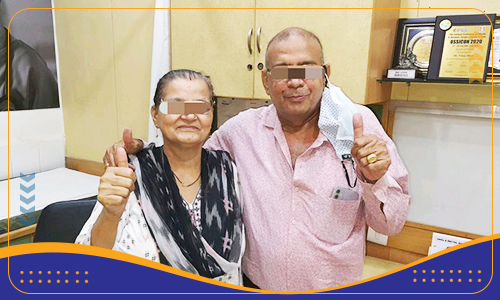

Ileal Pouches reconstruction after proctocolectomy in Ulcerative Colitis is one of the most delicate procedures. Thanks to my learning at a high volume center which helped me understand the finer aspects. It is immensely satisfying that our lady from Burma is now having a good quality of life and is off all her steroids.
Canadian lady teaching us little heart pose after her revision bariatric surgery. Joy and smiles beam automatically.
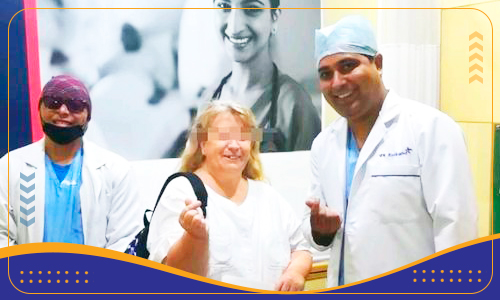
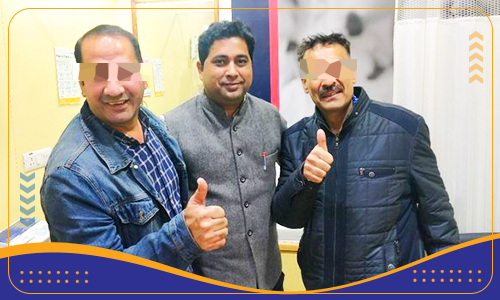
The patient comes to us with organ failure and slim chances of making it and we operate with success to make him board his plane back to his country.
Minimal Access Surgery – In simple words is intended to give maximum benefits to patients with minimum cuts.
Happy to see the patient walk into the OPD on the day of discharge to say bye..The operation was done just a day before!
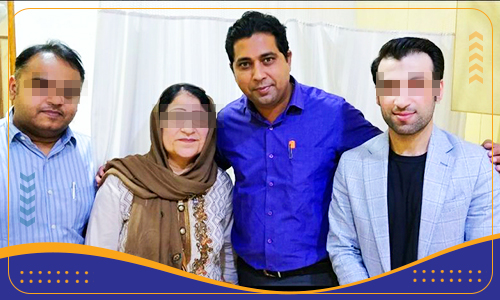
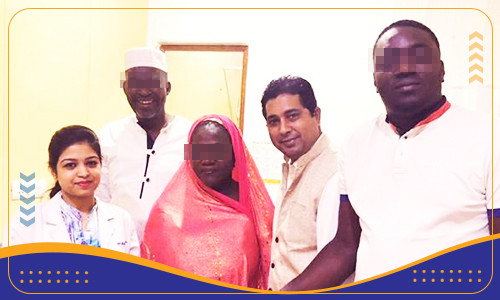
In only four months, the diabetic lady we operated on on the day of our Diabesity CME; has lost 25 kgs, and most importantly her blood sugars are also normal now and she is off all medications.
Thanks to our esteemed panelists and all senior faculties who enlightened the audience! And also to our great team members for their sincere effort.
A cheerful, fashionable elderly lady in the OPD! Some patients know more than us that the epitome of good health and life means ‘Being Happy’
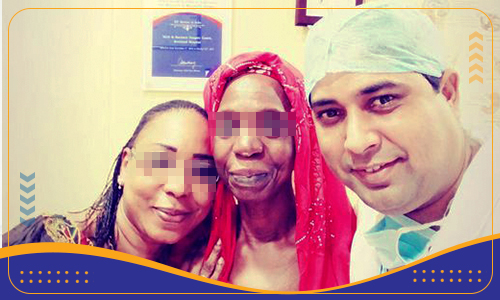
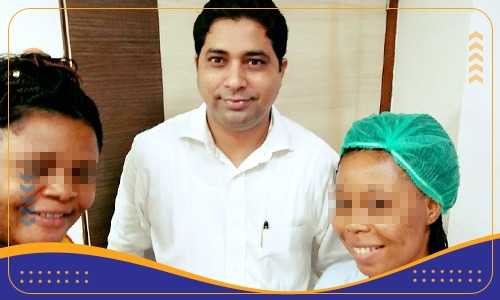
The field of surgery has seen constant evolution; and today, Minimal-Invasive-Surgery which includes robotic surgery is considered a safe option by most.
Minimal invasive surgery is done through tiny sub-centimeter holes which means less pain and lower wound complications than having big incisions. With refinements in technology, smaller gadgets, HD cameras with magnified vision, and better surgeons skills it has made surgery less painful and it is heartening to see patients have a rapid recovery.
SELFIE time clicked by our patient in glee after Minimal Invasive Surgery makes us happy.
Weight loss surgery is also known as Bariatric Surgery. It does not suggest that all obese individuals should undergo surgery.
World Health Organisation (WHO) has set patient criteria for weight loss surgery which states that eligible patients should have a BMI of 40 or higher (morbidly obese) or a BMI of at least 35 with co-morbidities (obesity-related health conditions) such as diabetes, sleep apnea, heart disease, or hypertension (high blood pressure).
Weight loss(Bariatric) surgical procedures cause weight loss by restricting the amount of food the stomach can hold, causing malabsorption of nutrients, or by a combination of both gastric restriction and malabsorption. Bariatric procedures also often cause hormonal changes. Most weight loss surgeries today are performed using minimally invasive techniques (laparoscopic surgery).
The most common bariatric surgery procedures are sleeve gastrectomy, gastric bypass, adjustable gastric band, and biliopancreatic diversion with a duodenal switch.
